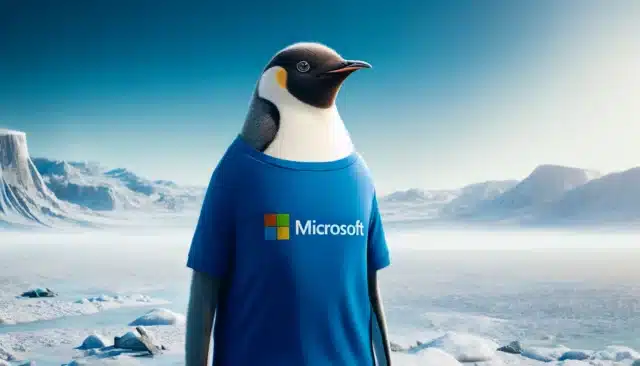Microsoft reveals major updates to Windows Subsystem for Linux

At this year's Microsoft BUILD conference, huge updates to Windows Subsystem for Linux (WSL) were revealed. These updates focus on improving memory, storage, and networking capabilities, introducing a new WSL Settings GUI application, enhancing security with WSL Zero Trust, integrating WSL management into Dev Home, and offering new features for developers.
Microsoft is transitioning several experimental features to default settings in the latest pre-release version of WSL. Key updates include automatically releasing stored memory in WSL back to Windows with the default autoMemoryReclaim=dropCache setting and enhancing networking capabilities with default dnsTunneling=true on Windows 11 machines. There are also experimental features such as enabling automatic disk space reclaim with the command wsl --manage <distro> --set-sparse <true/false> and trying the new mirrored networking mode with IPv6 support via wslconfig.
A new WSL Settings GUI application is on the horizon. This application aims to simplify the customization and management of WSL settings by categorizing them and indicating available options. The WSL Settings app will remain compatible with the .wslconfig file, allowing users to continue using their preferred method of configuration.
WSL is now built on zero trust principles, enhancing security for enterprises. Microsoft Defender for Endpoint's WSL 2 support is now generally available, providing robust monitoring capabilities. Additionally, further Intune features are being integrated, allowing WSL settings management and enforcement of conditional access scenarios based on Linux distro states. These features are available in public preview. Moreover, Microsoft Entra ID integration with WSL is set to start a public preview in July and August, facilitating secure communication and automatic login using Entra ID credentials for enterprise users.
Dev Home's new 'Environments' feature will soon support WSL, enabling users to manage, launch, and create development environments, including Hyper-V machines and dev boxes. This integration, contributed by Carlos Ramirez from Whitewater Foundry, enhances WSL's utility within Dev Home.
Additional updates for Linux on Windows enthusiasts include the availability of Sudo for Windows, allowing the use of the sudo command to elevate specific commands, and the AI-powered development environment creation feature in Dev Home’s quickstart playground, which generates Linux dev containers based on user prompts.
These updates demonstrate Microsoft's ongoing commitment to enhancing WSL, making it an even more powerful tool for developers.
